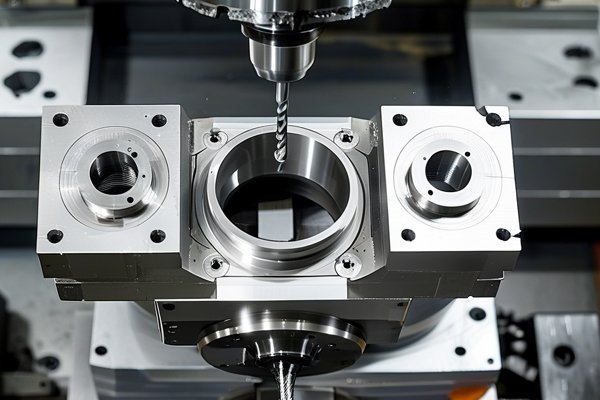Opening
Did you know that aluminum alloys are among the most commonly used materials in the aerospace and automotive industries? According to the Aluminum Association, approximately 1.3 billion pounds of aluminum are used in vehicles each year, primarily due to its lightweight and high-strength properties. As industries continue to innovate and demand high-quality prototypes, understanding how to evaluate the cost of using aluminum alloy materials for CNC (Computer Numerical Control) prototypes has become increasingly important. This blog aims to walk you through the nuances associated with the cost evaluation of aluminum alloys, enabling you to make informed decisions for your projects.
Understanding Aluminum Alloys
Before diving into cost evaluation, it’s essential to understand what aluminum alloys are. Aluminum alloys are composed of aluminum and other elements, which improve certain properties such as strength, corrosion resistance, and machinability. The two main categories of aluminum alloys are wrought and cast alloys.
Common Aluminum Alloys for CNC Machining
Factors Affecting the Cost of Aluminum Alloy Prototypes
When evaluating the cost of using aluminum alloys for CNC prototypes, several factors must be taken into consideration:
The primary component of your prototype cost is the aluminum alloy itself. Prices for aluminum can fluctuate based on market demand, availability, and alloy type. Generally, higher-strength alloys like 7075 will cost more than standard alloys like
CNC machining involves several cost factors, including labor, machine time, tooling, and setup time:
The more complex the design, the higher the associated costs. Designs that require intricate features may take longer to machine, increasing labor and machine time. Moreover, if the prototype requires multiple setups, the costs can escalate significantly.

Aluminum parts often require surface treatments such as anodizing or powder coating to enhance their resistance to corrosion and wear. Each of these treatments comes with its own costs, which should be factored into the overall evaluation.
The quantity of prototypes you require will significantly impact the overall cost. Generally, opting for a larger production run often results in volume discounts. However, this must be balanced against the risk of overproduction if the prototypes do not meet expectations.
How to Conduct a Cost-Effectiveness Analysis
To streamline the evaluation process, consider conducting a cost-effectiveness analysis, which involves several steps:
Clearly delineate the performance attributes needed from your prototypes. Understanding the requirements will help you select the appropriate aluminum alloy and lead you to the right suppliers.
Reach out to various CNC machining manufacturers who can provide detailed quotes. Ensure these quotes include material costs, machining charges, finishing treatments, and any other relevant fees.
Cheaper options may seem appealing, but sacrificing quality may lead to failures in your prototypes. Investigate the quality guarantees offered by different suppliers and the potential costs associated with defects or rework.
Examine whether an initial higher investment in quality materials or machining services could yield longer-lasting and more reliable products. Calculate the potential savings from reduced maintenance and warranty claims.
Evaluating the cost of using aluminum alloy materials for CNC prototypes is a multifaceted process that requires careful consideration of various factors including material costs, machining complexity, surface treatments, and scalability. Each of these elements can significantly influence the total expense involved, as well as the performance and durability of the final product.
Understanding the nuances involved in this evaluation can empower you to make informed decisions that not only meet your project specifications but also remain cost-effective in the long run.
As industries continue to push for innovative solutions and more stringent quality standards, the ability to assess and choose the right materials becomes increasingly vital. Remember, the choices you make in the planning stages profoundly impact the production efficiency, overall success of your project, and your bottom line.
Don’t hesitate to revisit this evaluation process regularly as market conditions and technology evolve. By doing so, you’ll stay ahead of the curve, ensuring both quality and cost-efficiency in your CNC prototyping endeavors.



